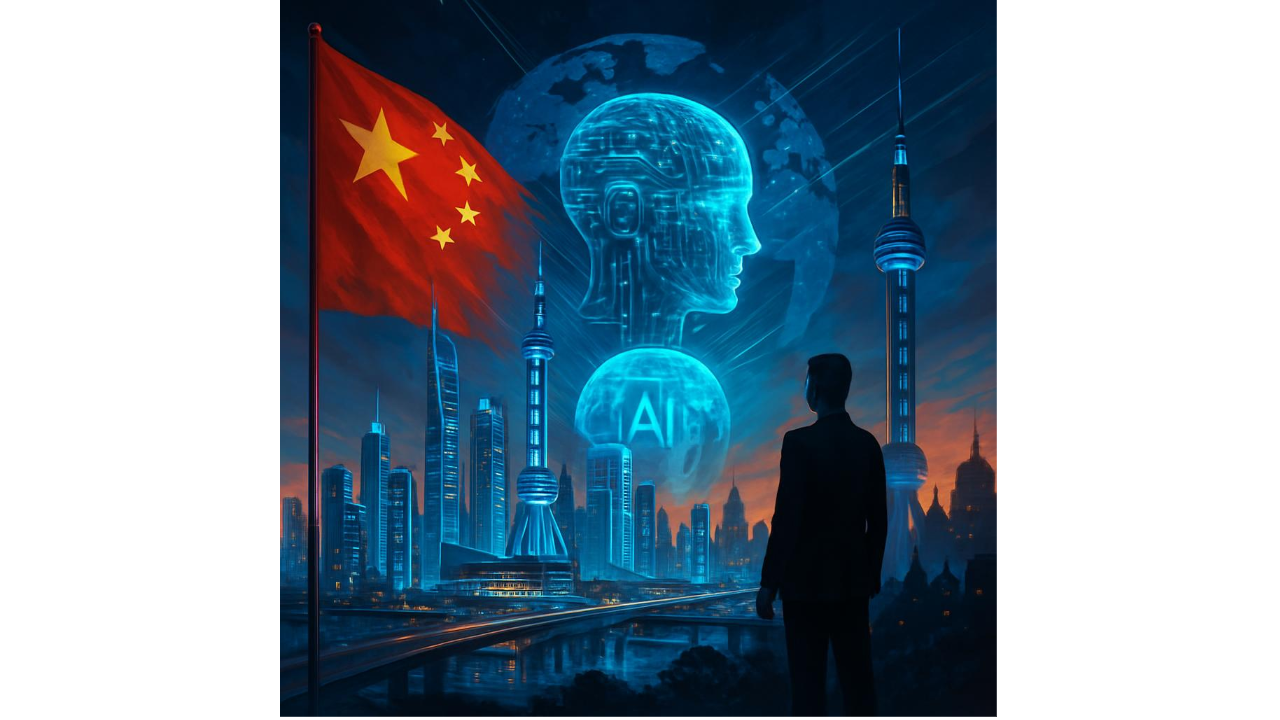China: From the Five-year Plan to AI Hegemony
In June 2025, China marked a turning point in its technological and industrial trajectory: the president of the National Development and Reform Commission (NDRC), Zheng Shanjie, met with representatives of five private high-tech companies to gather strategic input for the definition of the 15th Five-Year Plan (2026-2030). The stated goal: to “develop new quality productive forces” through scientific and technological innovation.
This seemingly technical consultation takes on enormous geopolitical significance when viewed in perspective. Behind it lies the desire – already expressed in 2017 and strongly reiterated by Xi Jinping – for China to become a world leader in artificial intelligence by 2030. The five-year period 2025-2030 will therefore be the decisive moment for turning ambition into reality.
Five highly representative companies participated in the meeting with the NDRC:
- Moore Threads for GPUs and semiconductors, located in Beijing
- Ant Group for fintech, located in Zhejiang
- BGI Genomics for bioinformatics, located in Guangdong
- Yinjinda New Materials for advanced materials, located in Henan
- Sevnce Robotics for robotics and AI, based in Chongqing
These companies embody the pillars of China’s strategic development: microelectronics, cloud computing, genomics, rare materials, and artificial intelligence. It is no coincidence that they were chosen to cover the country’s four macro-regions, demonstrating the desire to make innovation a factor of national cohesion and not just a competitive asset.
The government has promised targeted policy initiatives to support businesses in terms of capital, data, energy, and talent. The goal is not only to grow, but to circumvent the systemic bottlenecks imposed by years of US restrictions on critical technologies.
According to Chris Miller, author of the essay Chip War, the competition for technological dominance in the 21st century is not only about the quantity of chips produced, but also about control of the architectures that make artificial intelligence possible: namely, GPUs, data centers, neural frameworks, and software ecosystems. And in this game, Beijing has understood that it is not enough to invest in state R&D, but that the private sector must also be mobilized.
According to Miller, Taiwan, South Korea, the United States, and the Netherlands have dominated the semiconductor industry for years thanks to a combination of precision engineering, proprietary software, and hyper-specialized supply chains. China, on the other hand, has long been a giant in demand but a dwarf in production. The block on access to ASML’s EUV lithography machines has demonstrated the depth of Beijing’s technological dependence.
To respond to this challenge, Beijing has adopted a multi-level strategy:
- the “Made in China 2025” plan to localize and nationalize the entire production chain in strategic sectors
- massive public investment in National AI Innovation Centers
- the construction of cloud-native infrastructure for Big Data processing and large-scale AI model training
- finally, the mobilization of the private sector to create a widespread innovative fabric, as demonstrated by the recent NDRC meeting
It should be noted that, in the Chinese logic, technology is not an end, but a multiplier of power: every “advanced” chip is a node of influence. Dominating artificial intelligence means dominating the future of warfare, finance, medicine, and society itself.
The strengthening of US industrial policies under the Trump and Biden administrations—from the CHIPS and Science Act to the IRA (Inflation Reduction Act), to the “friendshoring” strategy—has prompted Beijing to move from an incremental vision to an integrated, long-term strategy.
China is no longer content with replicating other people’s models: it now aims to lead the global technological trajectory, especially in the most knowledge-intensive sectors.
The ‘chip war’ is not simply an industrial war, but a systemic competition between power models: on the one hand, the American liberal-democratic model, based on open ecosystems and global leading companies; on the other, the authoritarian Chinese model, based on strategic planning, vertical control, and national mobilization.
2030 is the deadline set by Xi Jinping to achieve global supremacy in artificial intelligence. The new Five-Year Planwill be the political, economic, and technological vehicle for turning this ambition into reality.
But in developing a technological geostrategy, it is not enough to set a goal: enabling technologies, global networks, specialized human capital, and institutional trust are also needed. China is trying to fill these gaps by leveraging the private sector, but the challenge remains.
The West would do well to observe not only the speed with which China is advancing, but above all how it is transforming technological innovation into geopolitical power. The race for artificial intelligence is not a competition between laboratories: it is a challenge between worldviews.
Pasquale Preziosa
Expert member of the Eurispes Scientific Committee
Professor of Geostrategy
This was published in Italian on June 11, 2025 and was translated by defense.info.
The image depicts China’s rapid technological advancement transforming into geopolitical power. It showcases a futuristic cityscape symbolizing modern technology, highlighting the race for artificial intelligence as a global challenge between differing worldviews. The scene contrasts technological innovation with global political influence, emphasizing China’s rising role on the world stage.

